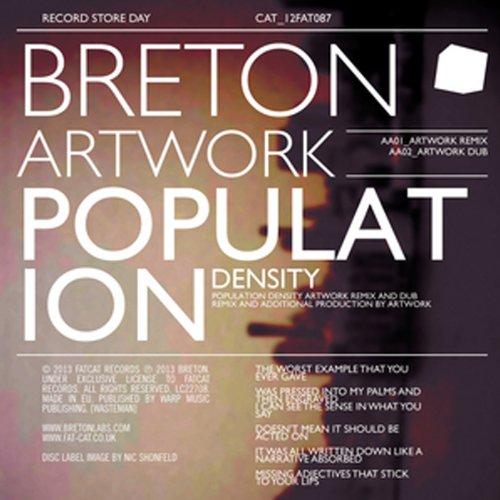
description
3Tens of millions of Americans live in poverty, but this book reveals that they receive very little representation in Congress. While a burgeoning literature examines the links between political and economic inequality, this book is the first to comprehensively examine the poor as a distinct constituency. Drawing on three decades of data on political speeches, party platforms, and congressional behavior, Miler first shows that, contrary to what many believe, the poor are highly visible to legislators. Yet, the poor are grossly underrepresented when it comes to legislative activity, both by Congress as a whole and by individual legislators, even those who represent high-poverty districts. To take up their issues in Congress, the poor must rely on a few surrogate champions who have little district connection to poverty but view themselves as broader advocates and often see poverty from a racial or gender-based perspective.
member goods
No member items were found under this heading.
listens & views

TIBETAN & BHUTANESE INSTRUMENTAL & ...
by TIBETAN AND BHUTANESE INSTRUMENTAL AND FOLK / VARIOUS
COMPACT DISCout of stock
$13.99
Return Policy
All sales are final
Shipping
No special shipping considerations available.
Shipping fees determined at checkout.






